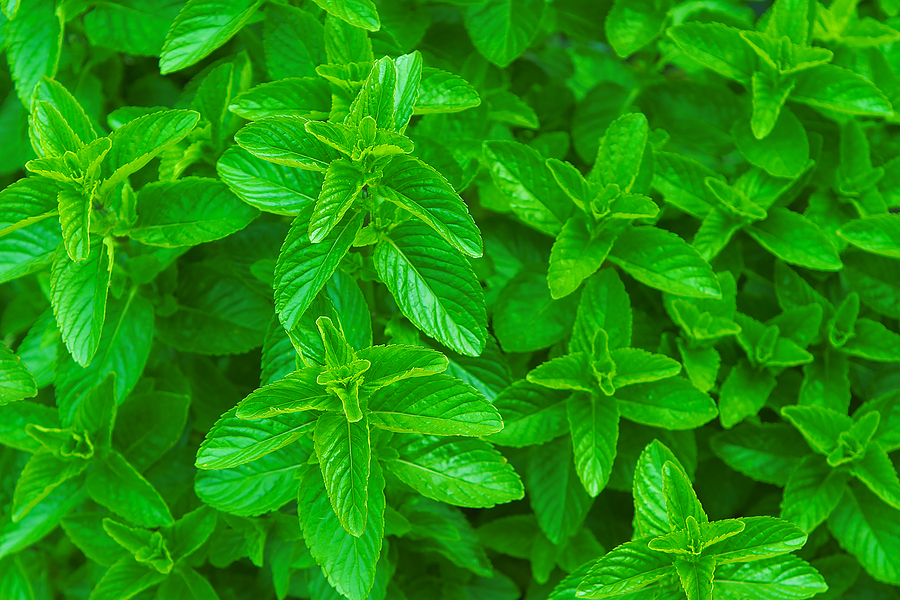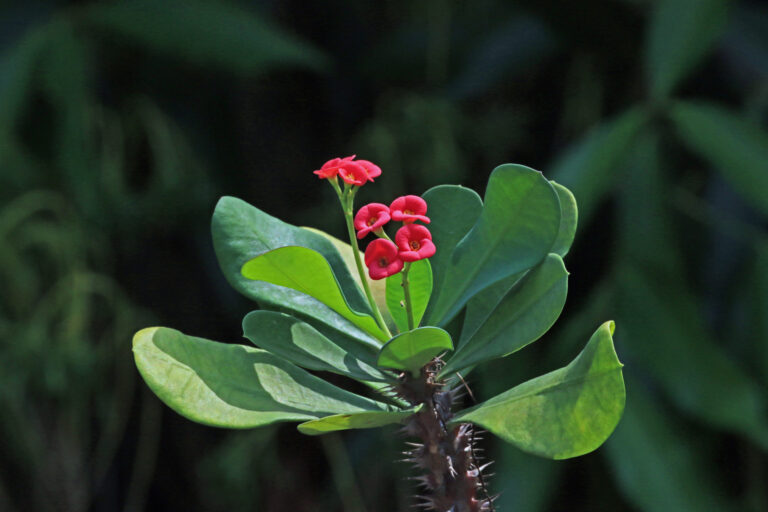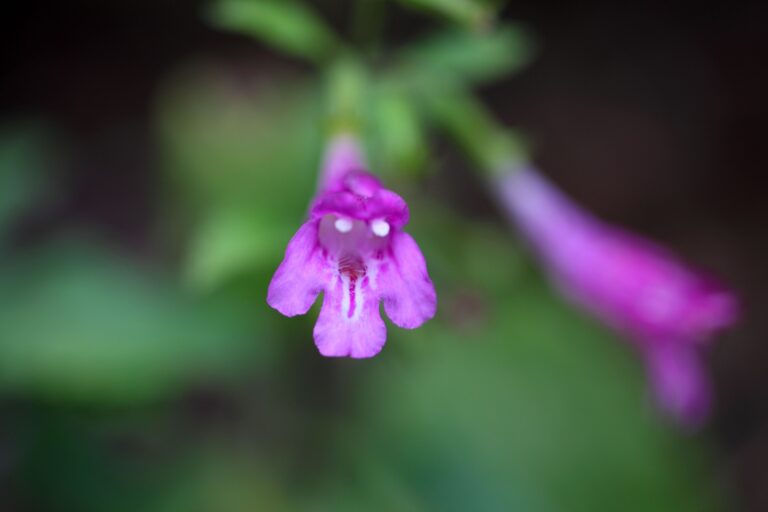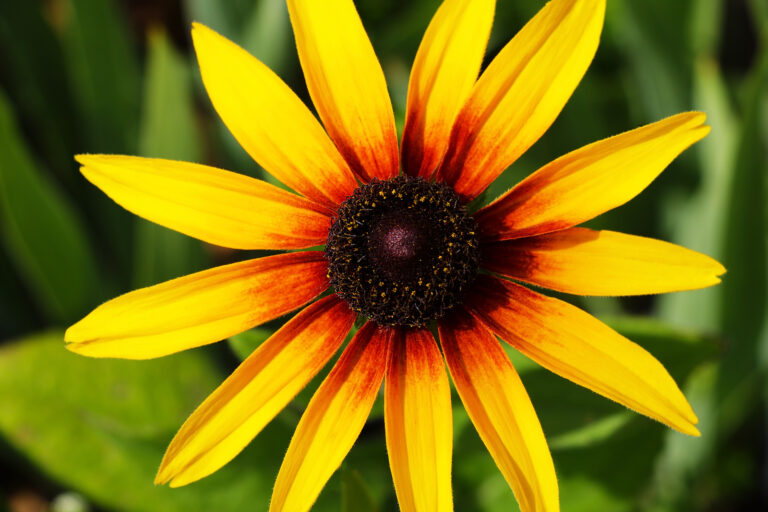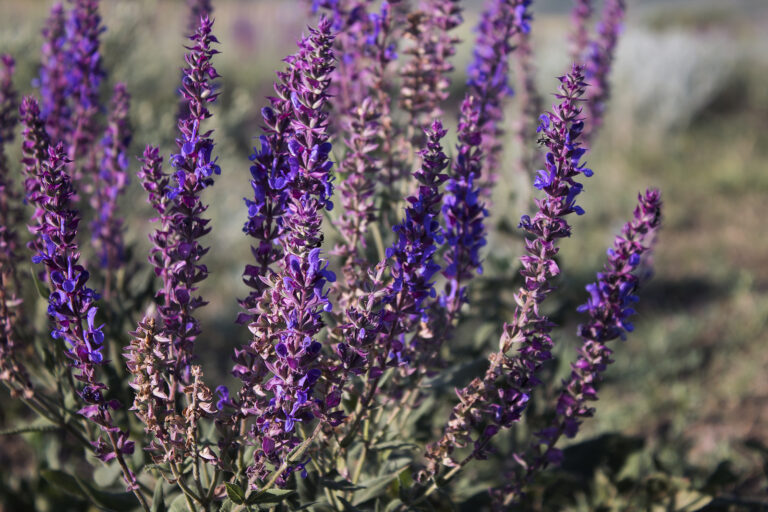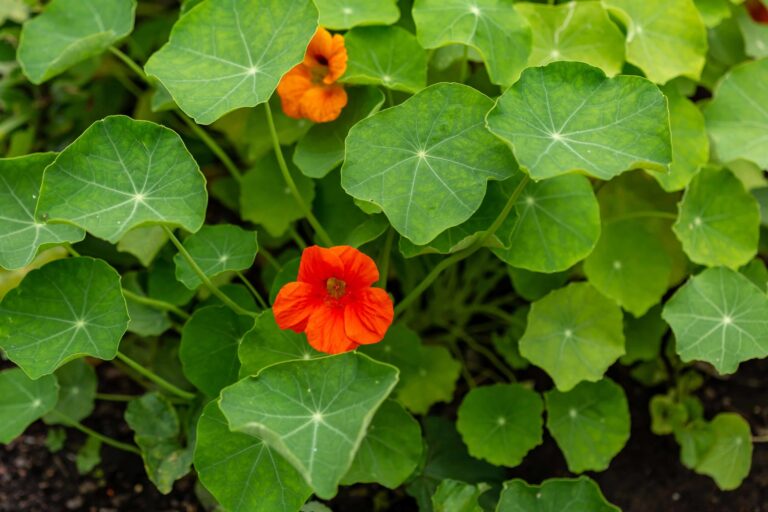Mint Plant, Grow, Harvest Guide – Harvest to Table
Mint is a group of herbs grown for their decorative aromatic foliage. Mint — botanical name Mentha — is a genus of 25 perennials that bear tubular to bell-shaped flowers usually borne on spikes of whorled clusters. Mint has lance-shaped to round, light to dark green or gray leaves, often highly aromatic. Mints are widely used as culinary, fragrant, or medicinal herbs.
Mint prefers humus-rich, moist soil and full sun. Plants are rhizomatous and so can be invasive if not controlled. Mentha can be restricted if planted in deep containers plunged into the soil, leaving an inch of rim above the soil level. They can also be grown in confined beds that restrict root runs.
Get to know Mint
- Plant Type: Rhizomatous perennials
- Growing zones and range: Zones 6-9
- Hardiness: Not frost-hardy
- Height and width: 4 to 36 inches (10-90cm) tall and 20 to 36 inches (50-90cm) wide depending on the variety
- Foliage: Lance-shaped to rounded light to dark green, gray-green leaves
- Flowers: Tubular to bell-shaped flowers are 2-lipped, each with 4 spreading lobes and leafy bracts.
- Bloom time: Summer
- Uses: Herb garden, ground cover
- Common name: Mint
- Botanical name: Mentha
- Family name: Lamiaceae
- Origin: Widely distributed in Europe, Africa, Asia–often found in wet soil
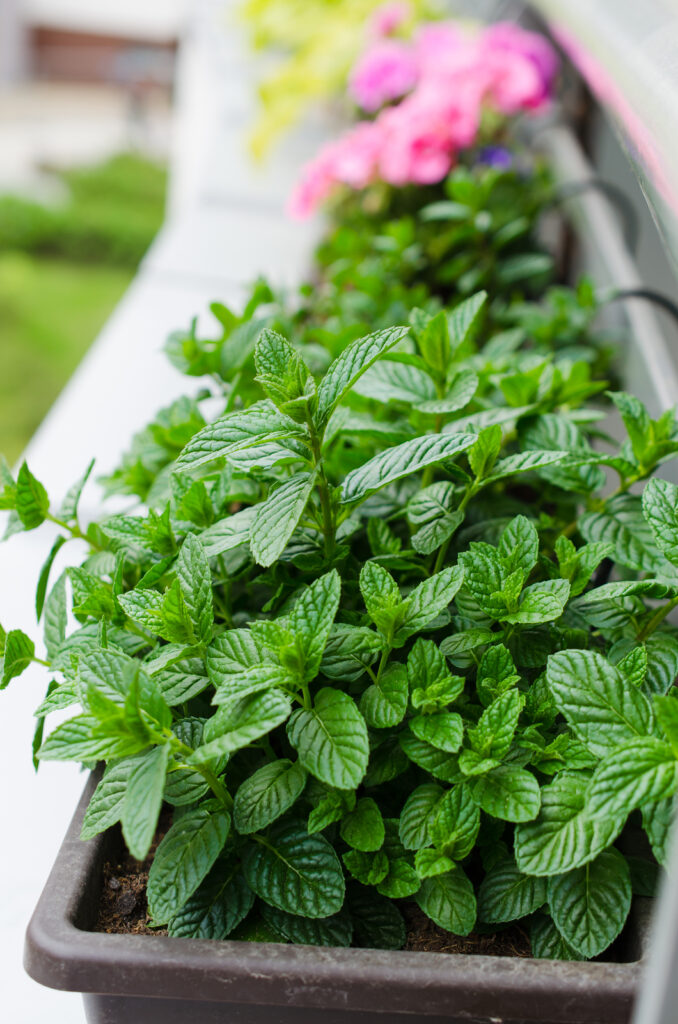
Where to plant Mint
- Grow Mentha in full sun.
- Plant Mentha in humus-rich, moist soil.
- Restrict spread of invasive species by planting in deep containers plunged into the soil; leave the rim of the container above the soil level.
- Mentha aquatica can be grown in containers submerged in water up to 6 inches (15cm) deep.
When to plant Mint
- Set container-grown Mentha outdoors in spring after the last frost.
- Sow seeds in containers in spring.
Planting and spacing Mint
- Space Mentha 12 to 24 inches (30-60cm) apart. Plants will spread via underground rhizomes.
How to water and feed Mint
- Water mint to keep the soil evenly moist.
- Mint generally does not need feeding.
Mint care
- All mints attract bees.
- Dry mint before using in herbal teas and potpourri.
Mint pests and diseases
- Powdery mildew, rust, leaf spot, anthracnose, and stem canker can occur.
Mint propagation
- Sow seed in containers in a cold frame in spring.
- Divide in spring or autumn.
- Portions of rhizome will root any time during the growing season and can be potted until rooted.
- Root tip cuttings in spring or summer.
Mint varieties to grow
- Mentha aquatica, watermint. Marginal semi-aquatic perennial with long, thin segmented rhizomes; often reddish-purple stems and ovate-toothed aromatic leaves; tubular lilac flowers; grow 6 to 36 inches tall and about as wide.
- M. x gracilis ‘Variegata’, ginger mint. Spreading perennial; erect, red-tinted stems, ovate to lance-shaped leaves are strongly aromatic and ginger-flavored; bears a dense cluster of tubular lilac flowers; grows to 12 inches tall and 36 inches wide.
- M. longifolia, horsemint. Creeping perennial with gray stems, oblong, toothed, strongly aromatic, musty-scented, green to silver gray leaves; tubular, lilac to white flowers; grows to 4 feet tall and 3 feet wide.
- M. x piperita, peppermint. Vigorous perennial with red-purple-tinged stems, ovate-lance shaped, toothed, mid-green leaves; tubular, lilac-pink flowers; 12 to 36 inches tall, 36 inches wide.
- M. pulegium, pennyroyal. Spreading perennial with upright and procumbent stems, narrowly elliptic, sharply aromatic bright green leaves; tubular lilac flowers; grows 4 to 16 inches tall to 20 inches wide.
- M. requienii, Corsican mint. Procumbent mat-forming perennial with slender, creeping stems; ovate to rounded leaves; tiny tubular lilac flowers; prefers shade.
- M. spicata, spearmint. Spreading perennial with stalkless, lance-shaped, toothed, aromatic–usually sweet smelling, bright green leaves; dense, cylindrical spikes of pink or white flowers; grows 12 to 36 inches tall and as wide.
- M. suaveolens, apple mint. Spreading, apple-scented perennial with white st4em; toothed oblong to rounded wrinkled grayish-green leaves; tubular pink or white flowers in dense whorls; grows to 3 feet tall and as wide.

